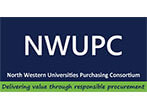The DSA 800 series of spectrum analysers are packed with features.
Spectrum analysers are similar to oscilloscopes.. except that they measure and display amplitude vs. frequency and not amplitude vs. time as a scope does.
Typical applications include Radio (Channel monitoring, demodulation of radio transmissions), Characterizing antennas, amplifiers, and filters, EMI/Interference testing, and RF education.
Here is a quick run through of the buttons and menu highlights:
- Frequency – Detector sweeps from a min to a max value. Min 9kHz to 1.5GHz max
- Center, Start, Stop
- Peak to CF (Center frequency)
- Span – The frequency range scanned.
- Full Span – fast way to get full frequency span
- Zero span – Shows time vs amplitude at a fixed frequency range.. like an oscilloscope.
- Zoom In/Out
- Amplitude
- Autoscale
- Adjust reference level (top of display)
- Adjust input attenuation
- Adjust scale, type, and units (Change units to dBuv)
- RF Preamplifier standard
- Correction factors (Antenna, Cable, Other, User) to compensate for losses and gains in setups
- Input impedence (50Ohm and 75 Ohm) selection (only mathematically corrects display.. still need 50 to 75 Ohm adapter for physical match)
- Bandwidth/Detector – Configure measurement detector type and set bandwidth of measurement window at each frequency value.
- RBW, VBW, and ratio (1,3,10 Resolution bandwidth settings standard.. low RBW of 100Hz)
- Detector type – Positive peak most common. Quasi Peak available option.
- Filter type – Gauss most common. EMI available option.
- Sweep/Trigger
- Mode – Single or continuous.. can set external TTL trigger
- Can select number of scans per trigger
- Trace
- Select trace number, type
- Averages per trace
- Math functions
- Pass Fail – Can create, edit, and store an Upper and Lower limit line. Can use this for creating pass fail limits for filters, AM/FM channels, and also EMC/EMI limit lines.
- Tracking Generator (Option)
- Frequency scanning RF source with adjustable amplitude. The source frequency and bandwidth are identical to the input settings for the analyzer.
- Can adjust for amplifier gain using TG level offset
- Measure
- AMK (Total Power, Adjacent Channel Power, Channel Power, Occupied Bandwidth, Emission Bandwidth, Carrier to Noise Ratio, Harmonic Distortion, Third Order Intercept)
- VSWR
- Demod
- AM/FM
- Storage
- 7 setups (includes data captured during save.. can be connected to preset key on the front panel as well as power-up)
- 10 states (instrument configuration. Active data.. not stored from save as in setups)
- Traces (CSV data to external USB memory stick)
- Print BMP display image to USB.
- Marker
- Markers indicate frequency and value of point on the trace. Available as Normal, Delta, Span Pair.
- Can display as frequency, Period, or delta time
- Can display a Marker table
- Marker function
- Can configure and select a noise marker and frequency counter
- Peak – Quickly find peaks based on user defined amplitude value.
- Selects peak value on trace. Can configure.
- Peak table available.
- System
- Language
- Reset
- Select power on state as well as configure the Preset button state
- Calibrate
- Adjust auto calibration
- Adjust IO settings. DSA-815 has USB and LAN. A GPIB to USB adapter is available.
- Display
- Use to adjust display and trace brightness
- Change function message
- Enable/Disable display line
- Work setting
- Front Switch – If “Off”, unit will power on when mains power is present. No need to use the front power button.
- Line mode – Allows you to save user States. You can connect these to the Preset button on the front panel
- UserKey – You can use the User Key to gain fast access to a common setting or function.. simply enable the User Key, select the menu of choice (Measure > VSWR Enable) , and press User Key again. Now, User Key is linked to that menu item.
- Information – FW and HW revs
- Self Test
- Time/Date
- License – Check or install SW license options like VSWR or EMI
- TX1000 – This instrument can operate the Rigol TX1000 RF Evaluation board directly
Show:
- Low DANL.. <135 dBm.
- From factory defaults:
- Set frequency start to 1MHz. Set stop = 10MHz. Larger spans increase scan time considerably. Press FREQ > Start. Press Freq > Stop.
- Set Resolution band width. Press BW/DET > RBW = 100Hz
- Set Attenuator to 0dB. Press AMP > Input Atten = 0dB.
- Enable RF Preamplifier. Press AMP > Down Arrow (page 2/2) > RF Preamp ON.
- Change the amplitude scale. Press AMP > Scale/Div = 12db
Options:
- Software – Convenient field upgrade at any point. Just contact Rigol
- Advanced Measurement kit – AMK
- VSWR and available RF Coupler/Bridge (VB1020/30)
- EMI toolkit featuring EMI filter, Quasi Peak Detector, and FCC RBW values
- Tracking Generator – Factory option. Must be selected at time of purchase.























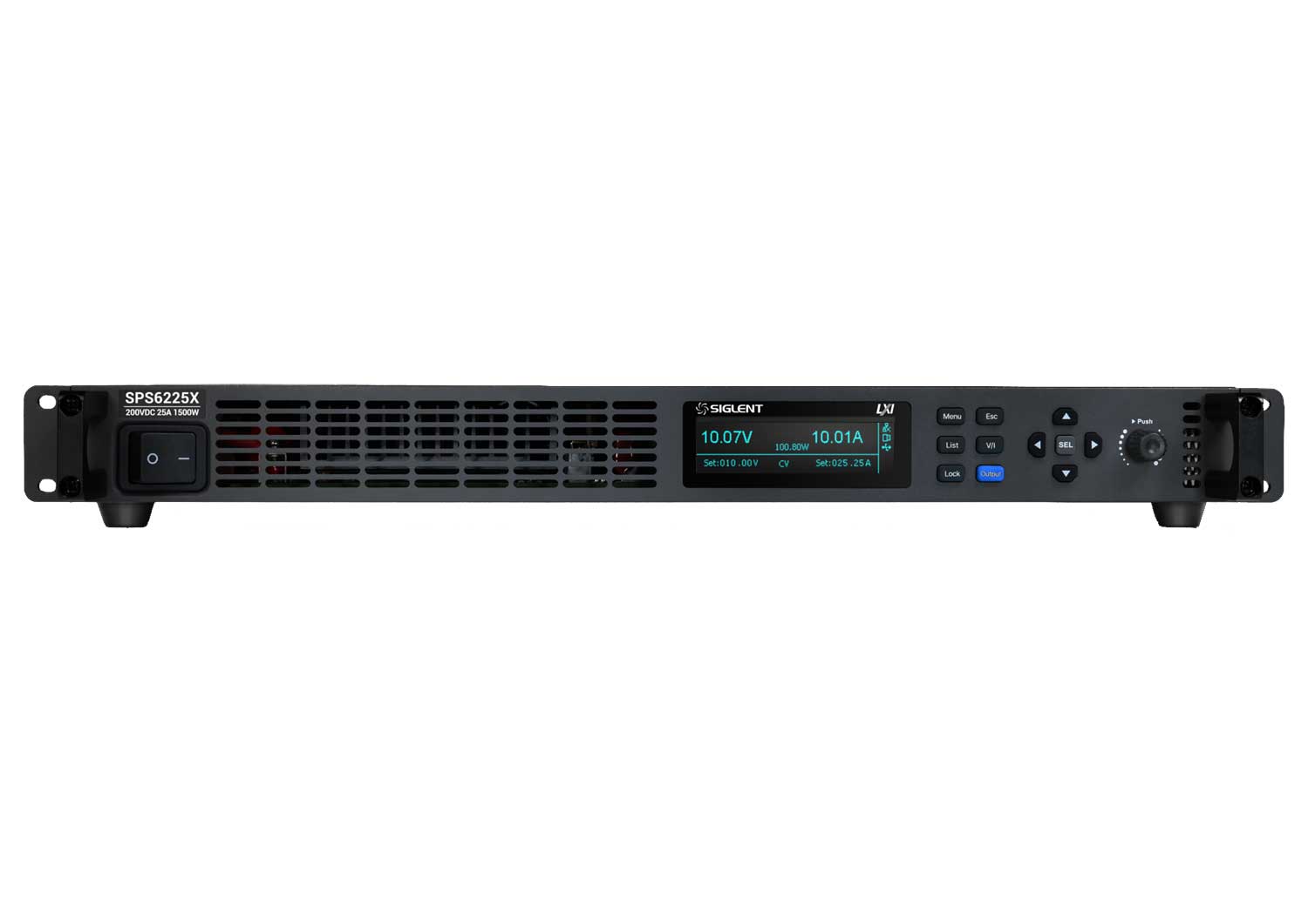




























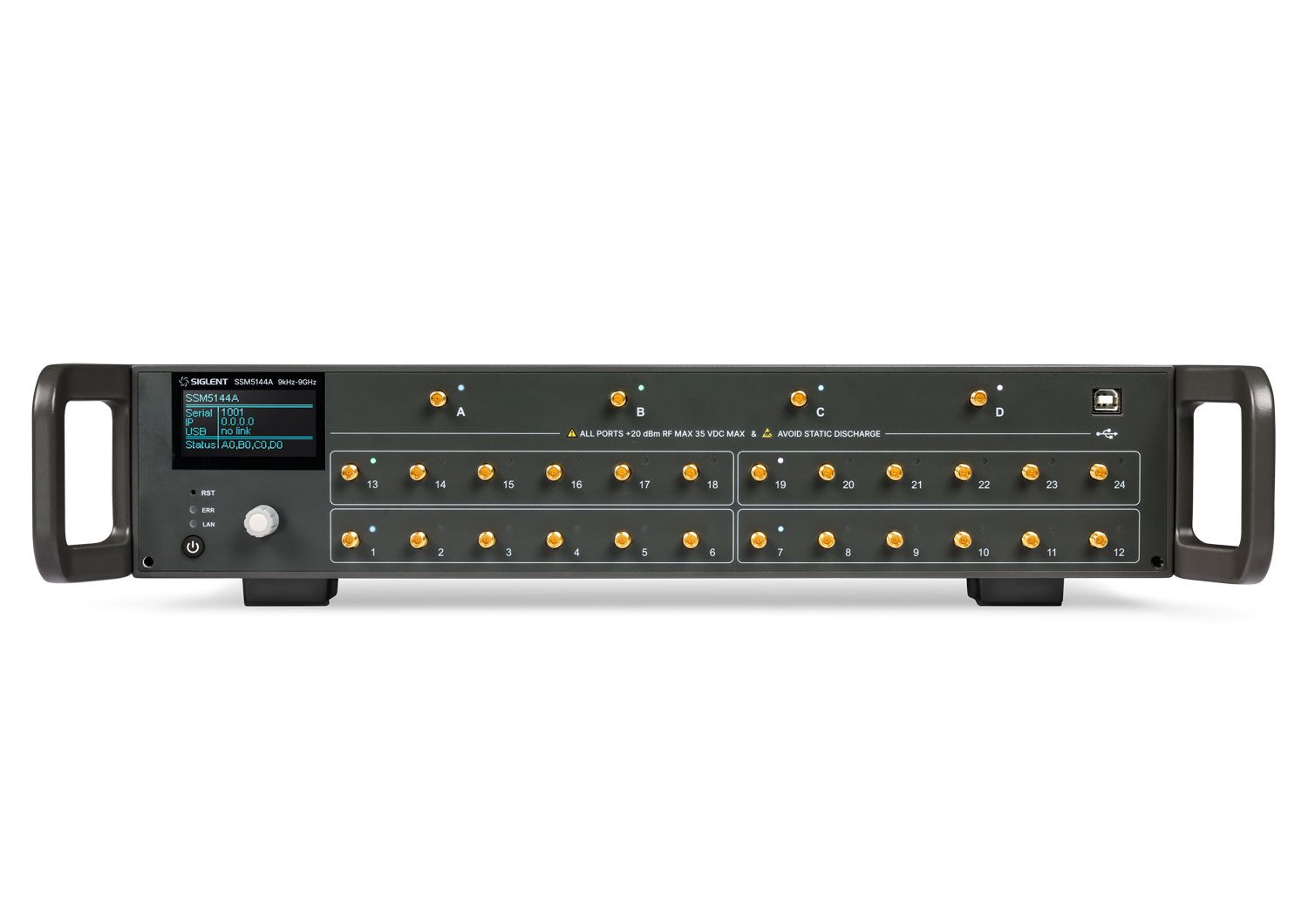











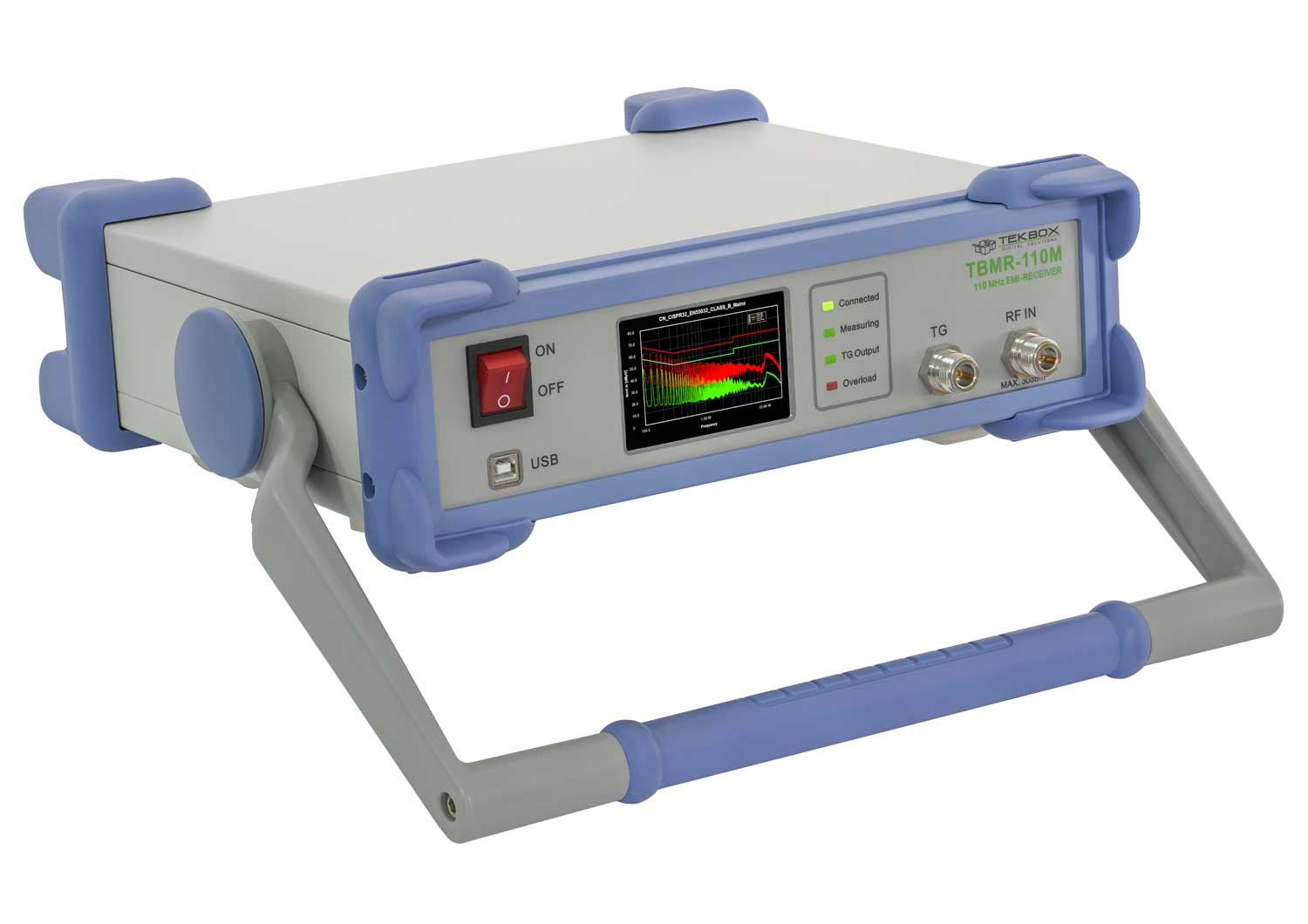


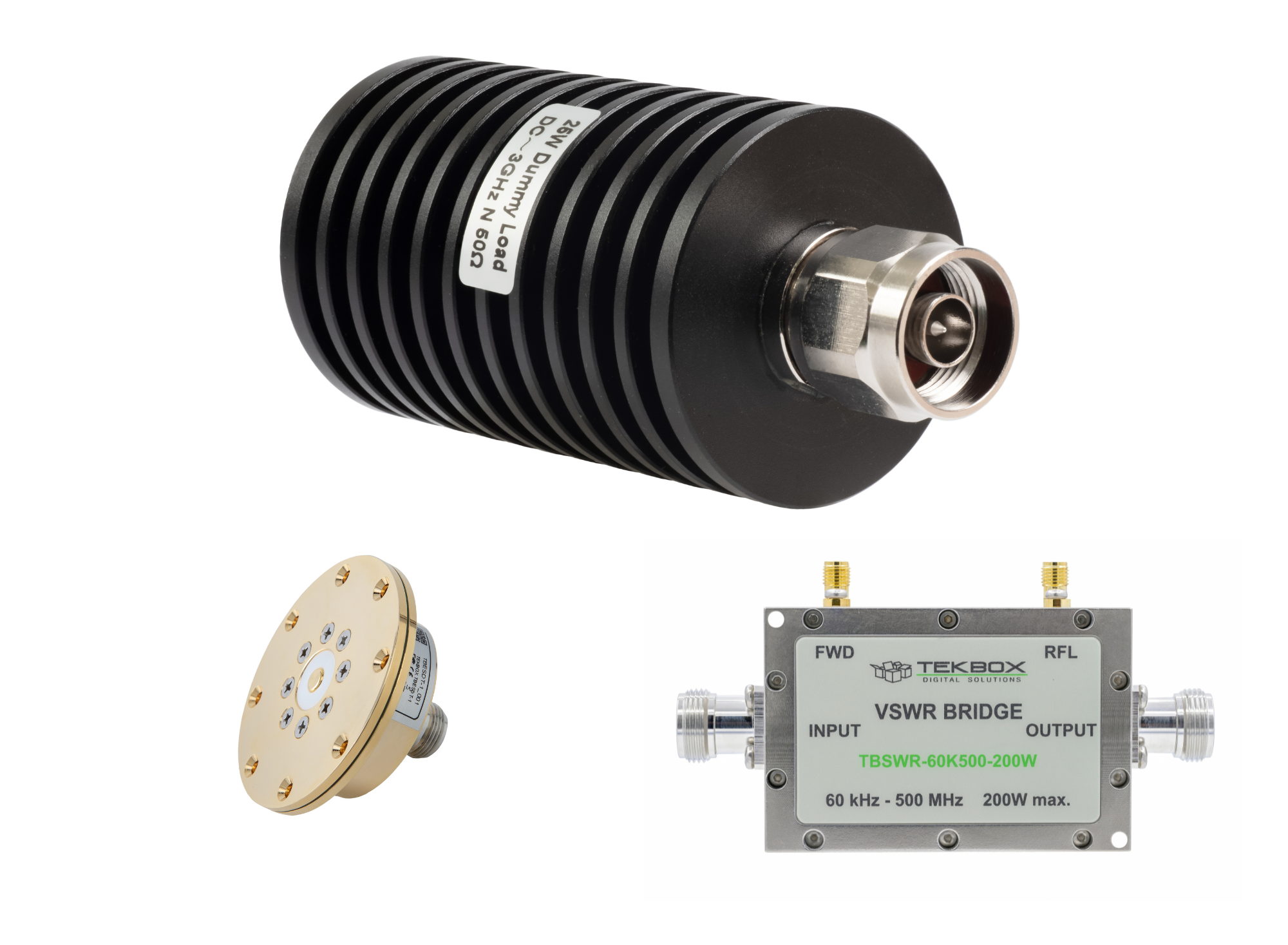

























 FREE SHIPPING £75+
FREE SHIPPING £75+
 CELEBRATING 50+ YEARS
CELEBRATING 50+ YEARS
 PRICE MATCH GUARANTEE
PRICE MATCH GUARANTEE



